Zagreb City ZOO, 1925 – 2015
Exhibition concept: Željka Kolveshi
Selection and expert analysis of the material: Željka Kolveshi
Expert associates: Charlotte Frank, Katarina Horvat, Srećko Leiner PhD, Carmen Lhotka, Dubravka Petek, Marija Sabolić, Dubravka Zaninović Stančec MA
Spatial and visual exhibition design: Adriana Čulek
Visual identity and graphic design of the exhibition and promotional materials: Iva Marochini
Multimedia: Darko Antoš
 Its position and importance have made the Zagreb Zoological Garden during its 90 years of history a circumstance that cannot be overlooked in the formation of the image of the identity of Zagreb.
Its position and importance have made the Zagreb Zoological Garden during its 90 years of history a circumstance that cannot be overlooked in the formation of the image of the identity of Zagreb.
It was opened on June 27, 1925, in Maksimir Park, due to the advocacy of Mijo Filipović, the founder, with the help of the then Mayor of Zagreb, Vjekoslav Heinzel. The first few years could be called the Romantic period, since the garden was formed – with the acquisition of animals, the expansion of the grounds and the building of the houses – with the unstinting support of the citizenry, of friends and convinced enthusiasts, arguing for and supporting the initiatives urging the need for the existence in Zagreb of such a cultural and educational institution.
From the very outset and during its ninety years of existence, the Zoological Garden has attracted a large number of curiosity seekers, Zagreb people and visitors to the city. At the same time, it has gone through periods of greater and lesser good fortune. The current exhibition, created on research into original archival records, extensive existing photographic documentation by professionals and amateurs, objects collected from other, similar, establishments and in collaboration with the Zoological Garden of the City of Zagreb, will give ample evidence of all this. Through the story of the Zoological Garden told through the exhibition medium, the coexistence of people and animals and of animals and their keepers will be followed, taking in the visitors, the wardens responsible for the working of the garden and their many assistants, thanks to whom the garden was constantly updated.
Three key periods are marked by the organisations of the garden undertaken firstly in the 1930s and then in the 1950s, and the third phase that started in the 1990s and is still ongoing. During the historical development, each of these three periods was marked by some spatial, building or architectural arrangement of the garden, or the development of modern animal houses.
The exhibition will in great part refer to the media coverage of news items in the Zoo, in the daily press and in the many reels of film material that recorded the setting, the atmosphere and life in the garden, from the first film made in 1926 until the current day.
The attractions of the garden, the arrival of the first exotic animals and the recreation of the context of their lives in the garden – the first monkey, the first lion, the first elephant, the first giraffe, the first sea lions – are just some of the tales to be seen at the exhibition. And almost always there are also the people the animals made friends with, from Mijo Filipović, the first “Orpheus” of the Zoological Garden in Zagreb to all the other friendships made with the animals.
The specific medium of the exhibition enables the contents presented to be easily communicated; it stimulates interest and involves big and small visitors, who, directly or indirectly, through three generations, right until the present day, have been able to encompass their adventures, emotions and experiences connected with the Zoo. The playroom programme for children, which is a component part of the exhibition, was prompted by a toy, the Zoological Garden puzzle from the holdings of the Museum, which was once very popular, and could be bought in the shop of Mavro Drucker, Ilica 29, Zagreb, in the 1920s.
Željka Kolveshi

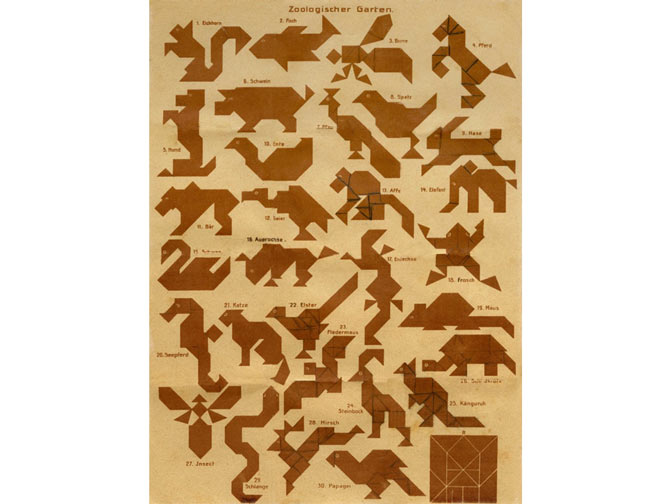
The puzzle Zoological Garden, F. Ad. Richter & Cie., Leipzig, around 1917
The puzzle Zoological Garden is one of the themes in a series of popular puzzles that were hugely in evidence in Europe from the end of the 19th century. This educational toy, which brings the animal world much closer to children, could be bought in Zagreb much before the opening of the Zoological Garden. It was sold in the 1920s in the Art and Crafts Hall of Zagreb shopkeeper Mavro Drucker, in his shop in Ilica 39.
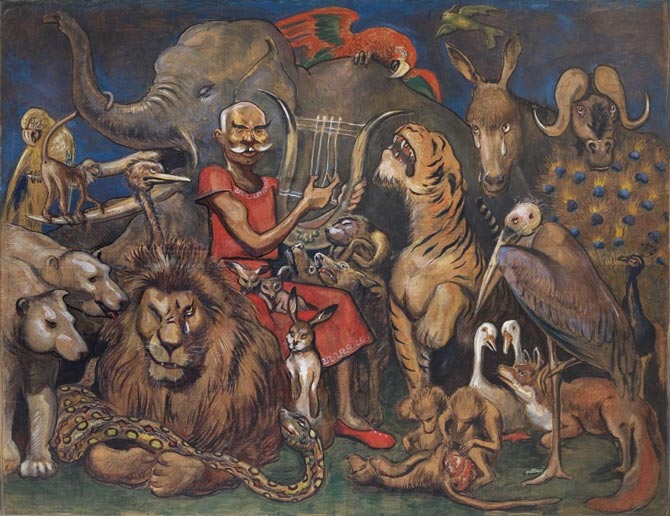
Orpheus – Filipović
Mijo Filipović, founder of the Zoolet, in the role of the mythical Greek musician Orpheus who charmed the animals to the strains of his magical lyre.
Menci Clement Crnčić, Zagreb, 1927, mixed media, 224 x 290 cm
The painting or caricature Orpheus – Filipović was painted by Zagreb artist Menci Clement Crnčić in 1927. Although he was known for his many caricatures, this one is unique, standing out for its very large dimensions and the uncommonly artistic depiction of the Municipal Zoolet in Zagreb. With just a few other large-sized caricatures, this work of art occupies a special place in a historical survey of Croatian caricature. The narrative art of the caricature and the context of its making have given it an important position in the history of the city of Zagreb as well. The caricature was created for the benefit meeting Merry Zagreb Fair which was held in the Zagreb Old Fair on Sunday, May 29, 1927.

Zagreb, Maksimir. The Municipal Zoolet, 1926

The Zoolet in Prister's yard, Jelačić Square no. 15, Svijet, June 23, 1928
But the biggest sensation is a Zoological Garden in the centre of Zagreb! A photograph captioned Zoolet in Prister's yard reveals the almost incredible detail that the Zoological Garden was temporarily moved to an address at Jelačić Square no. 15 in order to earn enough money for the maintenance and the servicing of a loan taken on to acquire the animals. Architect Otto Prister, owner of a nice two-storey building with a large garden on the southern side of the central square in the city, at the urging of his friend and colleague Mijo Filipović, made available gratis the garden of his house, into which animals from the Zoological Garden were moved and were shown (on payment) to the public.
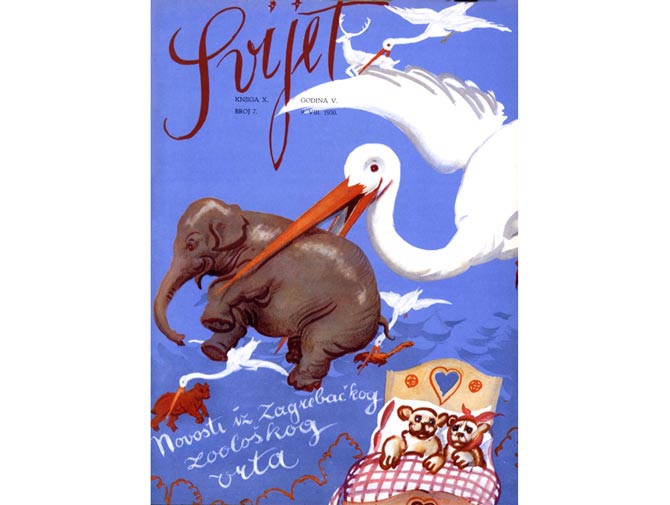
The latest news from the Zoological Garden / A stork brought Mysore to Zagreb
Svijet, August 9, 1930, Otto Antonini
On July 14, 1930, the first elephant arrived in Zagreb, a young female, Mysore, from India, popularly dubbed Mauzika in Zagreb. She came, like many of the other animals, from the Hamburg Stellingen Zoo, owned by the well known firm of the Hagenbeck family. When the first elephant arrived, Svijet devoted its issue of August 9, 1930, to the latest news from the Zoological Garden. The main attraction, the arrival of the elephant Mysore, did not cease to excite the attention of visitors and media. A few days after her arrival, the first photographs appeared in the papers. She also appeared on the cover of Svijet, in an Otto Antonini caricature.
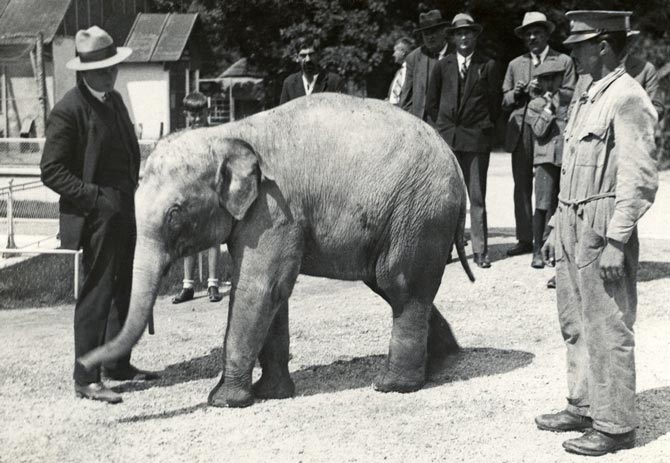
The first elephant in Zagreb, a young female Mysore, Svijet, August 9, 1930
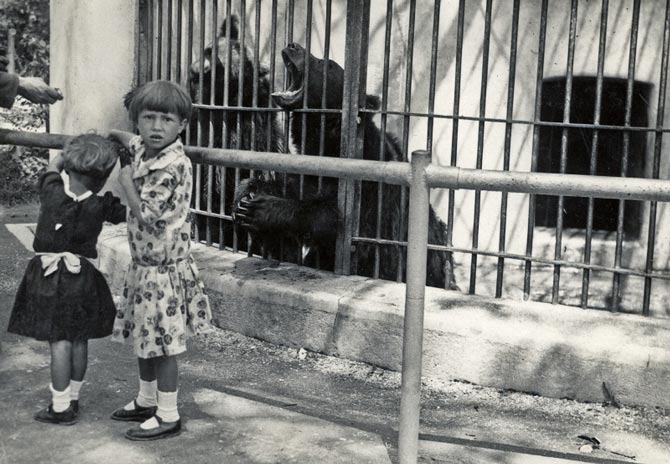
Girls in front of the dark bear house, Svijet, August 9, 1930

Keepers hold the youngest lions in a warm embrace, around 1930

Girl, keeper and the youngest lion, V. Horvat, around 1930 Three giraffes in Zagreb, September 1953
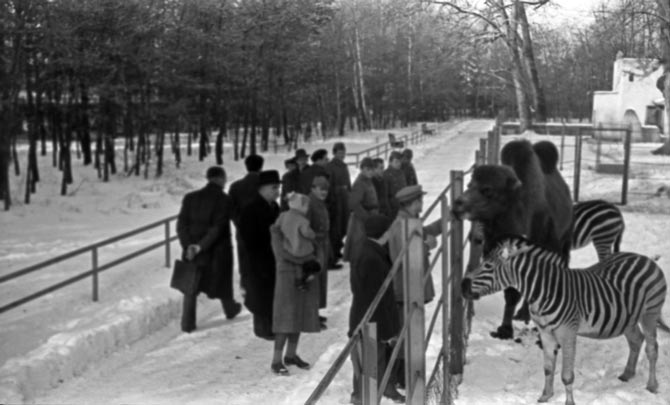
Zebras, camels, keepers and visitors, around 1955
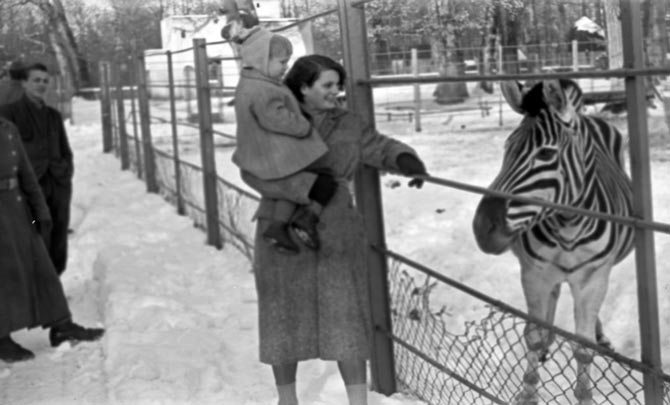
Zebras, camels, keepers and visitors, around 1955

Californian sea lions, 1963 Guide ZOO Zagreb, 1967
Ledo and Leda, polar bears on the front cover got the
name thanks to Ledo ice cream factory, the sponsor of
their arrival in 1967.

Plan of the Zoological Garden, Guide ZOO Zagreb, 1967

Map of the Zoological Garden, 2014
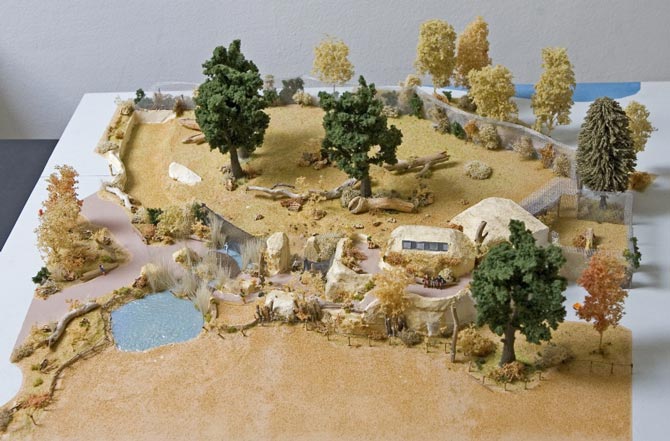
Scale model of the Kidepo Lion Rock, 1 : 100
The new house for the African lions, the Kidepo Lion Rock, with an area of 1,800 square metres opened on June 14, 2014. Author Dirk Petzold, Germany, 2008
Pictures from the exhibition
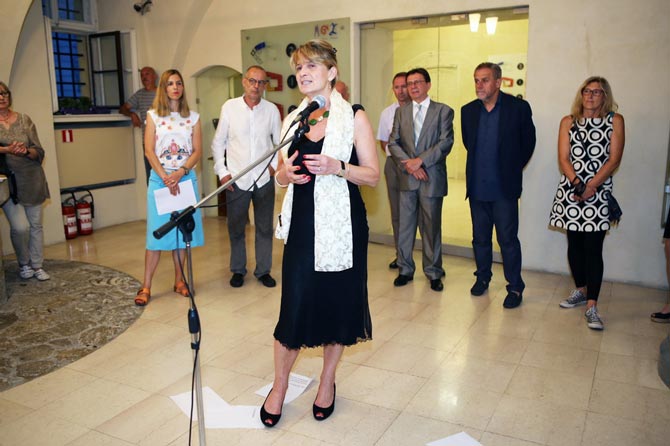

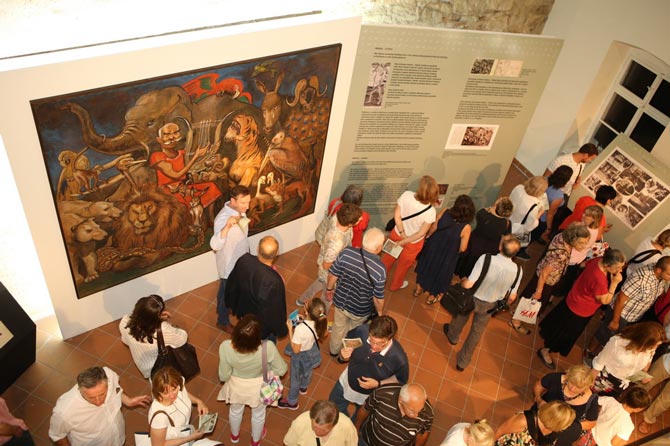
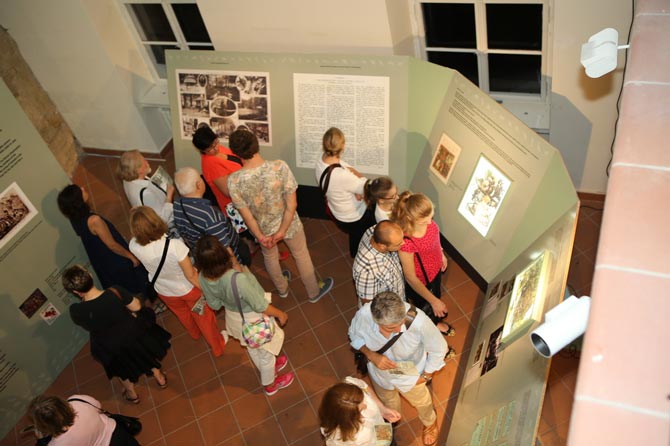
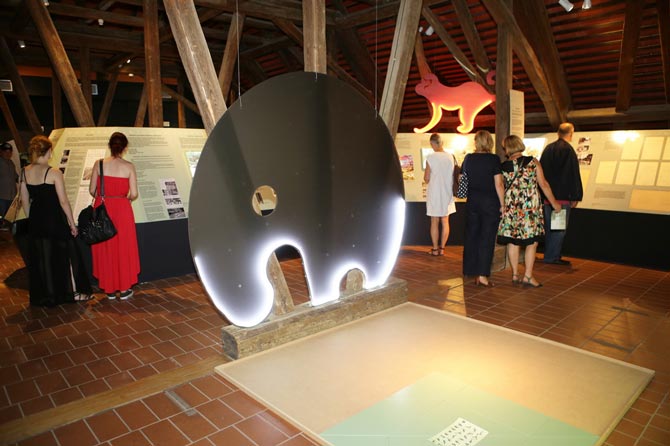

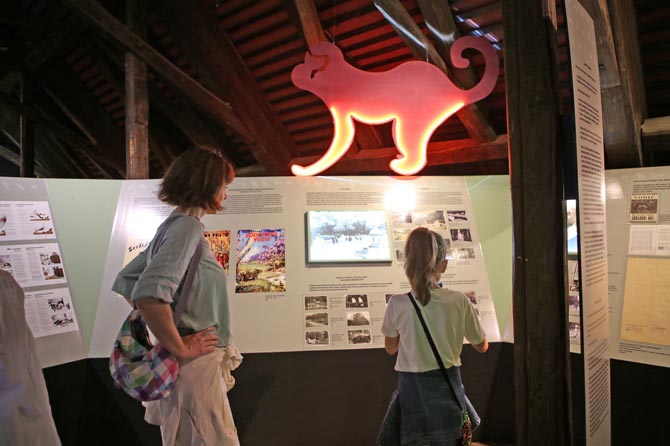
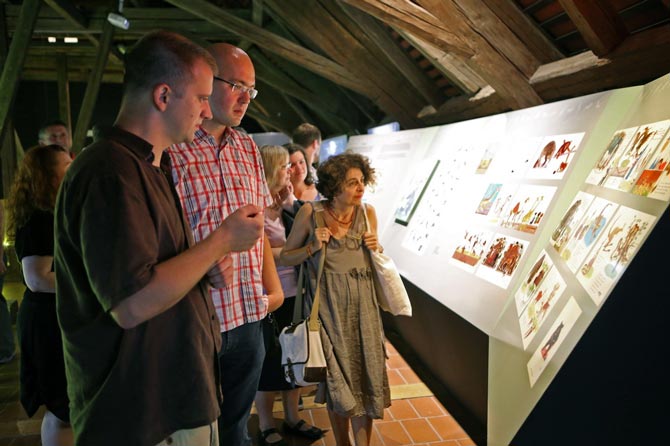
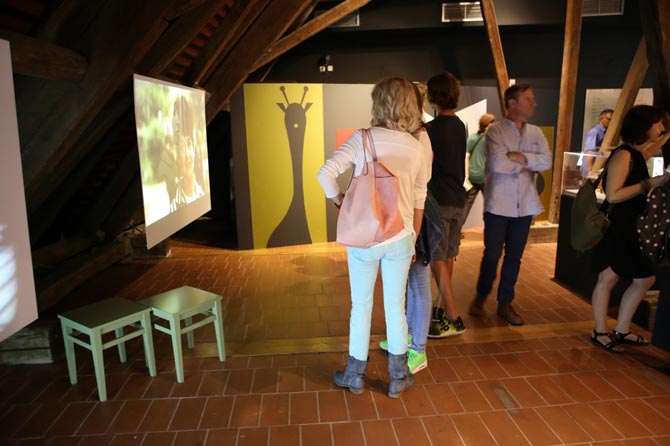

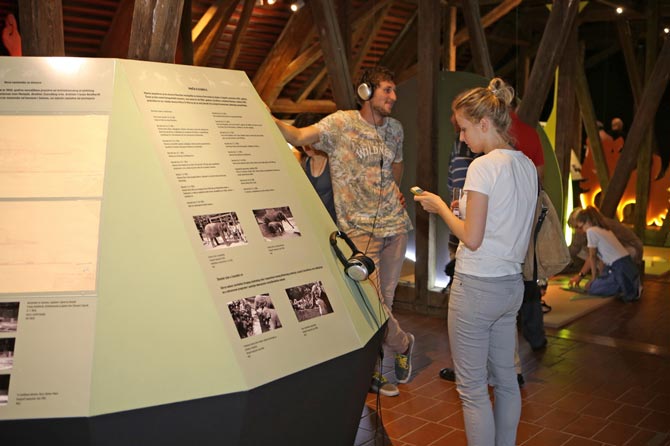
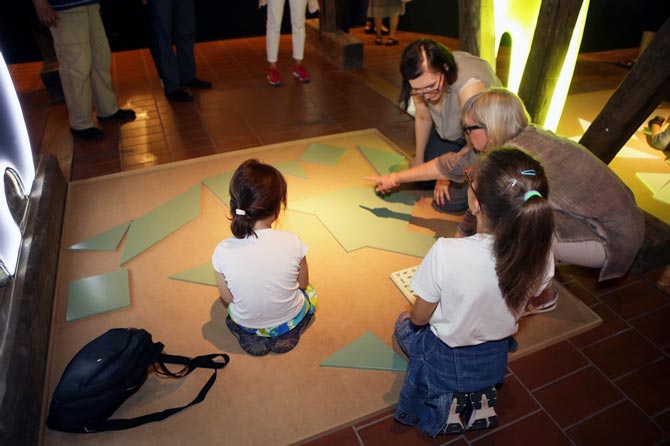
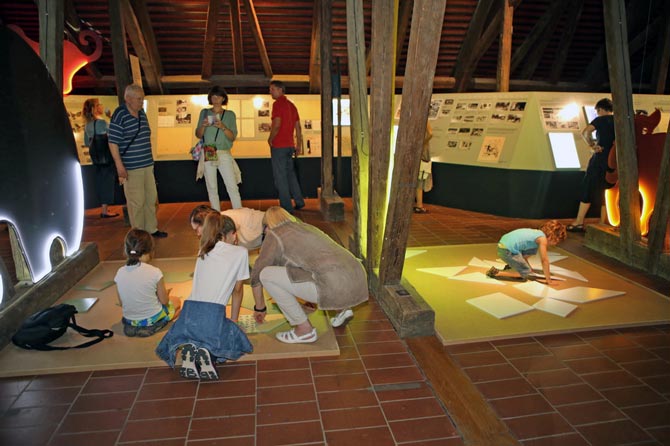

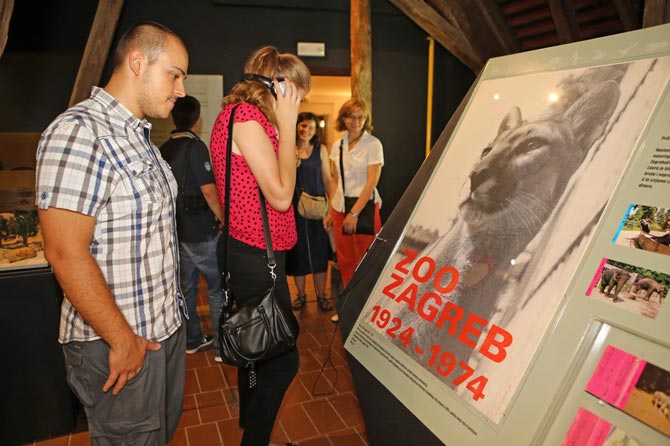
photo Miljenko Gregl, ZCM
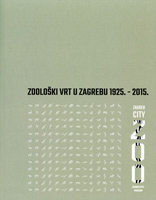 Exhibition catalogue
Exhibition catalogue
Kolveshi, Željka. The Zagreb Zoological Garden, 1925 – 2015.
Zagreb : Zagreb City Museum, 2015
 Kolveshi, Željka. Zagreb City ZOO 1925 – 2015 : About the Exhibition.
Kolveshi, Željka. Zagreb City ZOO 1925 – 2015 : About the Exhibition.
Zagreb : Zagreb City Museum, 2015

